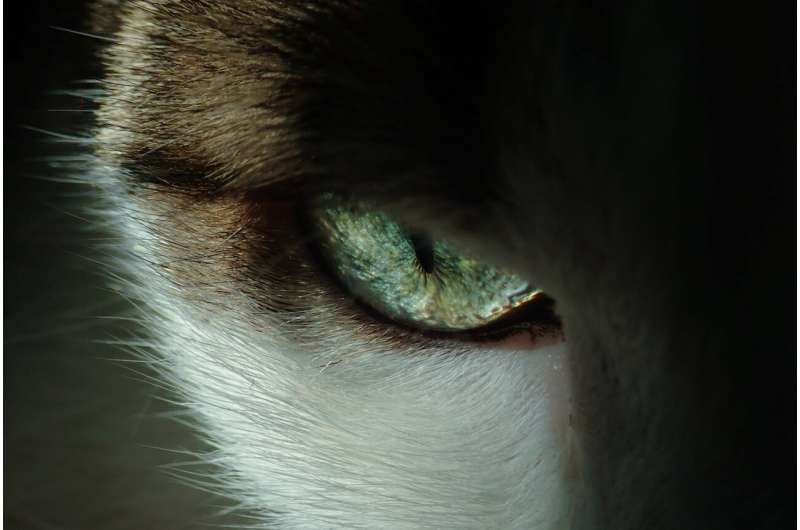Why do we get nose bleeds?

Nose bleeds, or epistaxes, are often a mystery to the 60% of us who have had at least one in our lifetime. Suddenly, and without obvious cause, bright red blood starts streaming from one nostril.
Usually they're not something to worry about, but why we get them is not always clear.
What causes nose bleeds?
The nose is very prone to bleeding. This is because of the important role it plays in warming and humidifying the air we breathe. Large numbers of small blood vessels lie just under a thin layer of skin, as a heat exchange mechanism for air going to the lungs.
A number of things can cause those vessels to rupture and the nose to bleed.
A blow to the face may lead to a nose bleed, with or without a fractured nose.
Nasal infections and dryness are known to increase the frequency of bleeds. In one study, people who got nose bleeds were seven times more likely to have staphylococcal bacteria in their nose than than their peers who didn't get nose bleeds.
Very hot or cold weather may increase the likelihood of nose bleeds, with low levels of humidity making this worse. One study from the United States showed 40% more attendances to the emergency department for nose bleeds in winter, while nose bleeds in parts of Africa are higher in the hot, dry season.
Depending on the location of the ruptured blood vessels, the bleed is classified as anterior (the front part of the nose) or posterior (the back part of the nose). The blood from an anterior bleed will predominantly flow out of the nostrils, while with a posterior bleed, much of the blood will end up in the throat to be spat up or swallowed.
Occasionally, the cause of vomiting up blood can be traced to a nose bleed the person wasn't aware of.
Higher risk groups
Nose bleeds are common in young children, where it is usually mild and from the front of the nose.
A study of children presenting to a US emergency department showed the majority had stopped bleeding before they were assessed by the doctor. Of the small number who required treatment, 93% settled easily with simple treatments, such as pressure to the front of the nose.
Young children also have a tendency to pick at "scabs" in the nose – consisting of dried mucus and dead cells – exposing shallow blood vessels just under the inflamed skin.
The second peak is in the over-65 age group, where the nose bleed may be more severe.
In this group, nose bleeds may be indicative of a more serious health problem such as bleeding disorders and chronic sinus infections. Rarer causes include local cancers and leukaemia.
Bleeding due to blood thinning medication, or sometimes as a side effect of nasal steroid sprays, are becoming more common.
Bleeding from the back of the nose, while less common overall, is more likely to occur in older people. It's also likely to be more difficult to control and may continue for many hours.
Extensive blood loss may occasionally lead to anaemia or require a transfusion. The risk of death from nose bleeds is extremely low. Out of 2.4 million deaths in the US in 1999, four were due to nose bleeds. Often the nose bleed has simply complicated other existing medical conditions.
What to do
Not knowing how long your nose will continue to bleed and the amount of blood lost can be disconcerting. But people generally overestimate blood loss.
Most first aid recommendations are fairly consistent. They suggest the patient should be quietly seated, leaning forward (to avoid swallowing blood) and applying pressure to the front, soft part of the nose.
If the bleeding is severe, persists for more than 30 minutes, or is caused by a blow to the head or side effects of medication, see a doctor.
Doctors will use various methods to apply pressure directly to the site of the bleeding. These include packing the nose with a long thread of ribbon gauze material soaked in medication to constrict blood vessels, or the use of balloon catheters (small balloons inserted into the nostrils).
If you have recurrent minor bleeds, try nasal decongestant sprays or nasal lubricants such as petroleum jelly (Vaseline).
The other approach is to seal the bleeding vessels with chemical (such as silver nitrate applicators) or heat cauterisation. But cauterisation is painful and a systematic review of treatments showed it's no more effective than antibiotic cream or petroleum jelly.
Sesame oil based nasal sprays have shown benefit in small trials in the lubrication of dry noses. This may assist in controlling crusting that's associated with nose bleeds. But sesame oils are yet to be comprehensively assessed for this purpose.
Simple nose bleeds can usually be managed with simple treatments. If recurrent or serious then a search for the underlying cause is needed to guide effective treatment.
This article was originally published on The Conversation. Read the original article.![]()




















